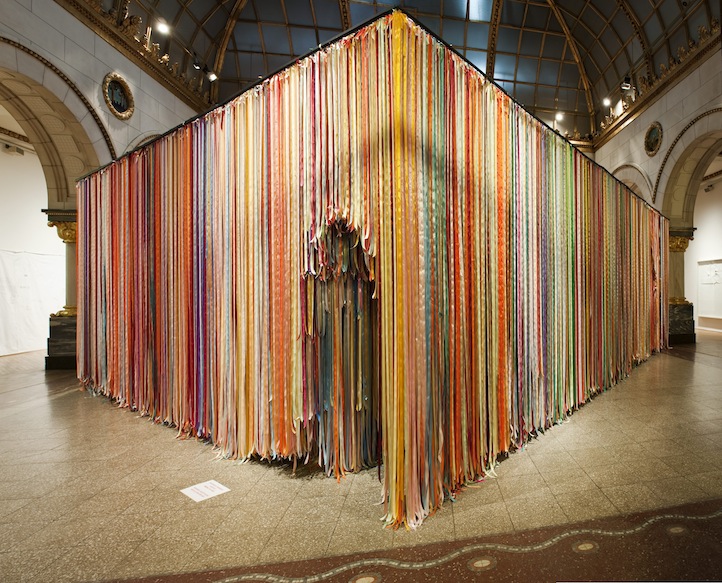Being Human
01.19.2012
ART & DESIGN
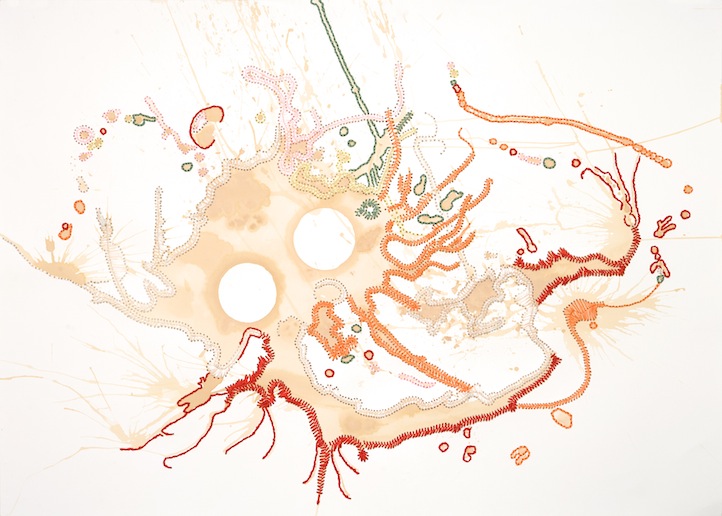
South African artist Nicholas Hlobo titles his works in his native tongue, Xhosa. Language and what’s lost in translation are essential to the dense, variable, and intricate work he has produced over the past decade. His work is political, and deeply personal and weaves in themes of sexuality and intimacy. His installations, performances and drawings are provocative, and imaginative. Hlobo is a rising star in the art world, most recently name the 2010 – 2011 Rolex Visual Art Protégé, in which he was mentored by Anish Kapoor. He won the 2009 Standard Bank Young Artist Award for Visual Arts and was shortlisted for the Future Generation Art Prize in 2010. In 2011, a record-breaking audience attended his solo exhibition at the National Museum of Art, Architecture and Design in Oslo, Norway. He exhibited at multiple venues at the 54th Venice Biennale. His work is currently on view in a group exhibition “What we talk about when we talk love” at the Stevenson Gallery in Capetown, South Africa.
Life + Times: You work in sculpture, performance ribbon, and gauze. How do you select materials or a medium for expression?
Nicholas Hlobo: The process and material has to be tied to something literal and metaphoric that I am engaging with when creating the work. My subject is always human and cultural. Most cultures exhibit their evolution through materials and this is what I try to engage with in someway.
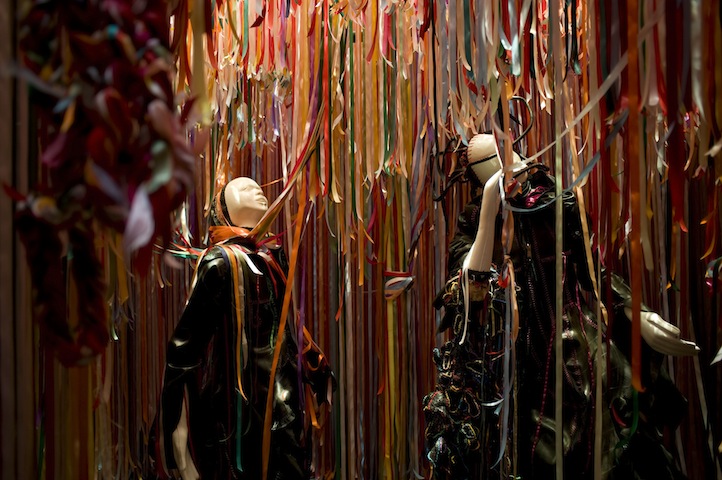
L+T: What’s your process like for creating new work?
NH: There is thought, mood, energy and playing devil’s advocate with myself as a way to critic my ideas. I also look at what is around me.
L+T: I read that you worked in a cement factory. Did this form of labor inform your process?
NH: Could have…there was no creativity required when I was working there. The idea of having to follow orders made me want to follow my own path that was not informed by someone else’s ideas. My colleagues kept telling me that I was not in the right place and this helped me discover myself.
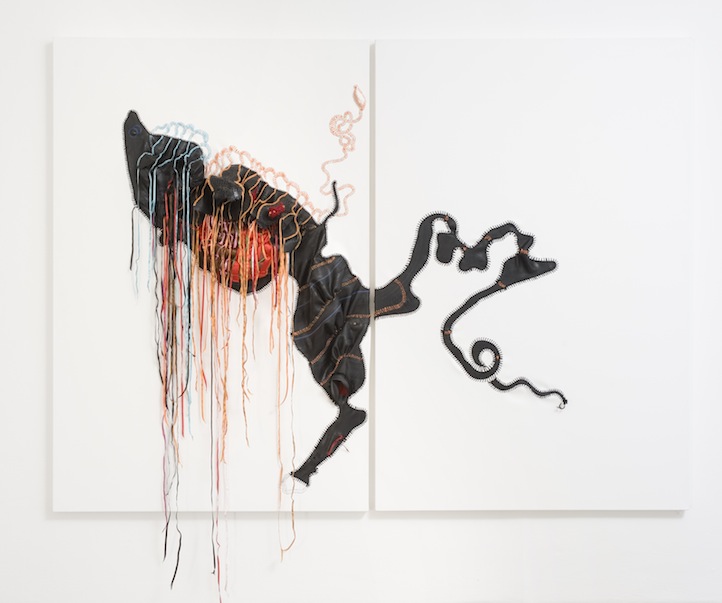
L+T: What did you learn from Anish Kapoor?
NH: I learned to be more courageous; to count my blessings and the experience impressed humility.
L+T: Sexuality is a topic you have explored in past work including the 2006 “Izele” of a life-size rubber phallus. How was this work received?
NH: It was well received since everyone is fond of sex. Sex informs political, religious and scientifical debates. It is thanks to sex that the world is populated. Sex is the key to animal, plant and human life.
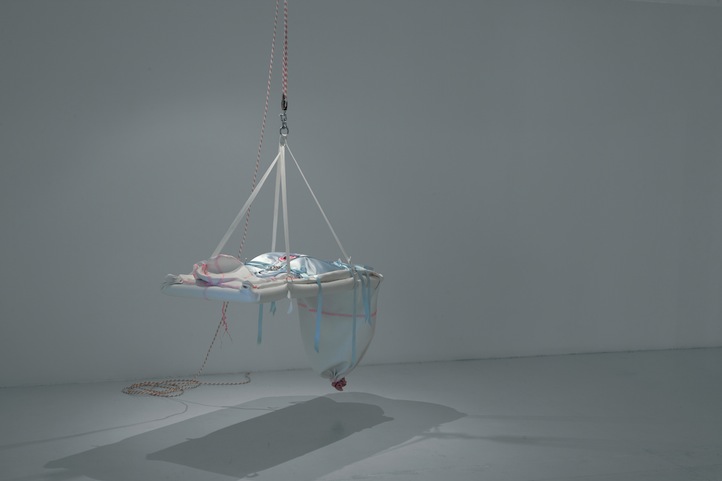
L+T: You often title your work in your native tongue, Xhosa, which actually leaves room for more meaning by English speakers, but reminds the viewer of the pieces cultural origins in South Africa. How do text and title impact your work?
NH: It opens up worlds that are closed. It challenges the notion that art making is purely a western tradition and should solely exist within the constraints of the English language. It challenges the idea that English is the best way to communicate. Most of my work requires curiosity, to look a bit further. The visual language is universal but most work is informed by a personal way of seeing. My work speaks of my place of origin and makes reference to my South African story.

L+T: How do you think your work has been interpreted in America versus South Africa ? How does place change the work?
NH: People read the work with a visual language and this is no different to how my work is read in South Africa. I can’t know for sure how each person interprets the work and this is not my intention, I merely hope to start dialogues for people to start asking questions about themselves. My work changes the place.
L+T: What are you working for 2012?
NH: I am working on the 18th Biennale of Sydney and La Triennale at Palais de Tokyo and the future.
